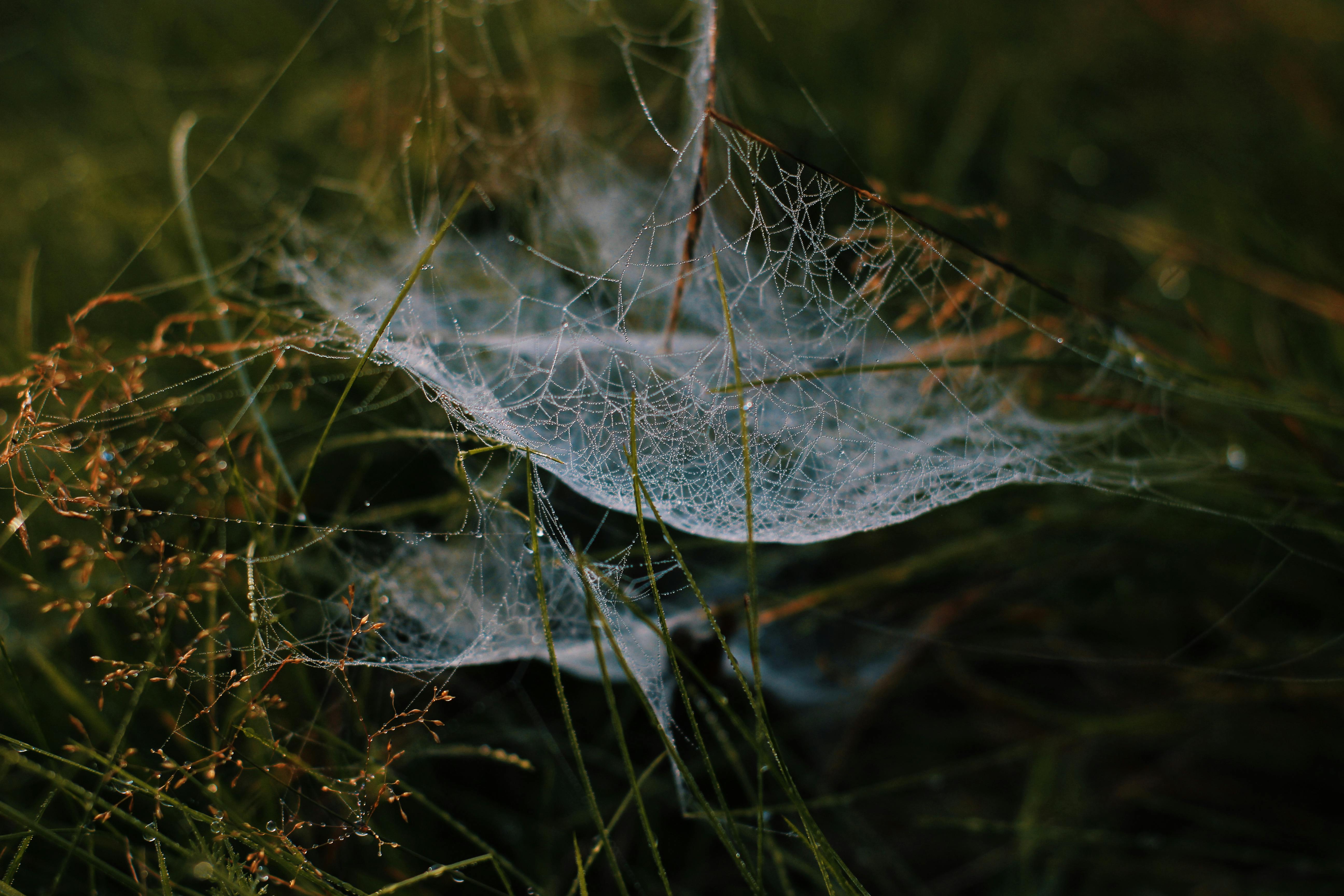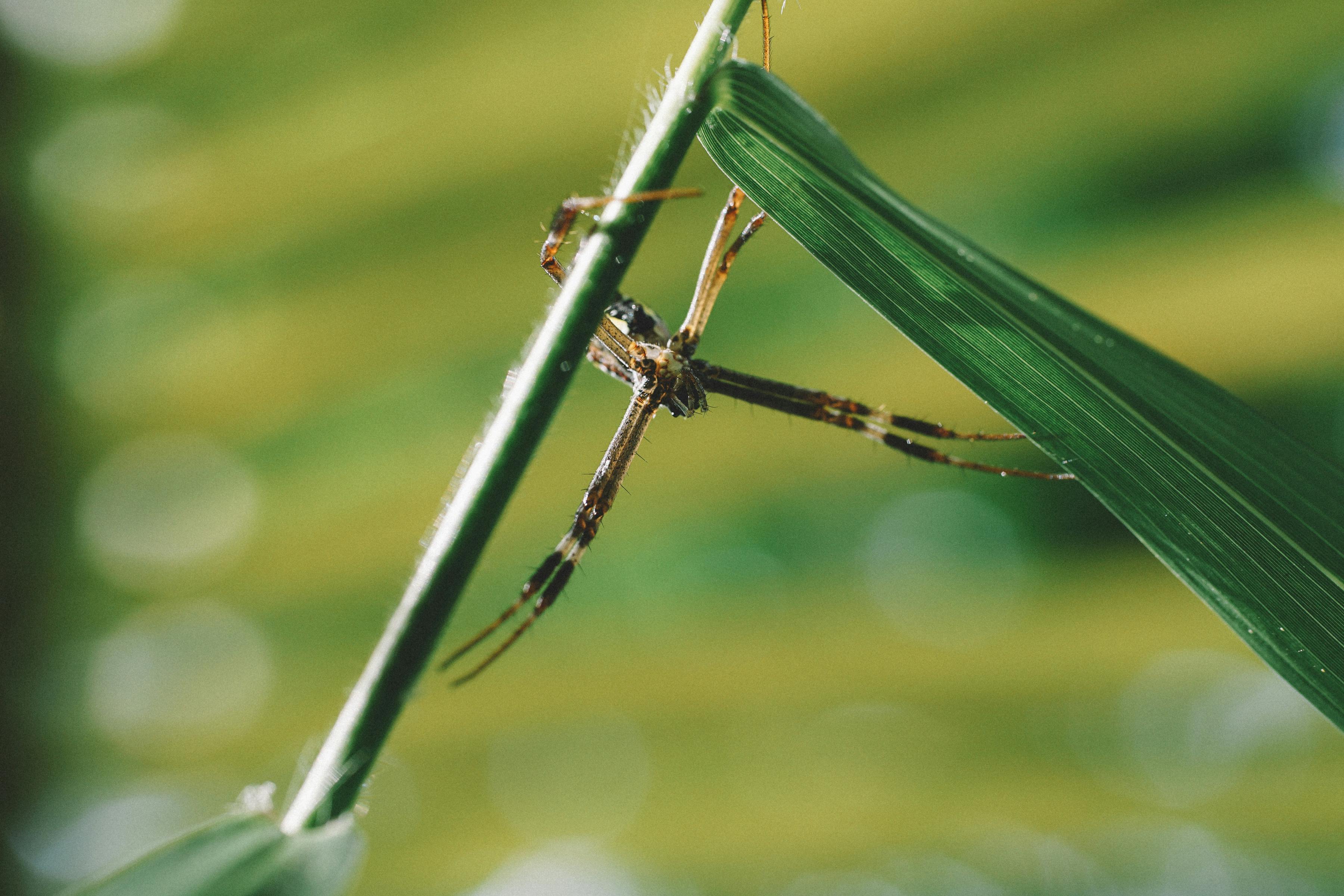Spider plants are one of the most popular houseplants because of their low-maintenance and attractive foliage. If your spider plant is looking overgrown or is not thriving, you may want to consider replanting it. Replanting a spider plant is easy and can help to revive the health of the plant. In this guide, we’ll cover how to replant a spider plant so that you can get your houseplant looking its best in no time.A spider plant (Chlorophytum comosum) is a type of flowering perennial plant that is native to tropical and southern Africa. It has long, narrow, arching leaves with white and green stripes, and its long stems can produce small white flowers. Spider plants are popular houseplants due to their easy care requirements and ability to grow in a variety of environments. They are also known for their air-purifying qualities, as the plants absorb toxins such as formaldehyde from the air.
Gather Supplies for Replanting
When replanting, it is important to have the right supplies on hand. Gardeners will need to gather a variety of tools and materials before beginning the process. Common supplies needed for replanting include shovels, spades, trowels, pruning shears, a wheelbarrow or garden cart, and soil amendments such as compost or fertilizer. Plant containers, including pots, hanging baskets, and planters will also need to be gathered.
The types of plants being replanted should also be taken into consideration when gathering supplies. For example, trees require larger containers than most plants and may require additional anchoring materials such as stakes or ties. Perennials may need to be divided during replanting, so pruning shears are necessary for this task. It is also important to have access to enough water for the process; either in the form of a garden hose or watering cans.
Having all the necessary supplies on hand before beginning replanting can save time and ensure that the process goes quickly and smoothly. Taking an inventory of what is needed beforehand will help gardeners plan ahead and make sure they have everything they need in order to successfully replant their plants.
Prepare the Plant for Replanting
When it comes time to repot or replant a plant, proper preparation is key to its success. First, carefully remove the plant from its current pot. If the roots are compacted, gently loosen them with your fingers. Then, inspect the roots for any signs of disease or decay. If there are any diseased or damaged roots, trim them away with a pair of clean scissors. After that, it is important to check the soil pH level and adjust accordingly. If the pH is too high or too low, add lime or sulfur to bring it back into balance.
Next, choose an appropriate pot for replanting. The pot should be slightly larger than the root ball of the plant and have drainage holes in the bottom to prevent waterlogging. Once you have selected a pot, fill it with fresh potting soil and place the root ball in it. Gently firm down the soil around the root ball and water thoroughly until fully saturated. Finally, apply a layer of mulch around the base of your newly transplanted plant to help retain moisture and reduce weeds.
Choose a Suitable Pot or Container
When it comes to choosing the right pot or container for your plants, there are a few factors you need to consider. Size, type, and material are all important factors to think about. The size of the pot should be proportional to the size of the plant’s roots, so it has enough room to grow and develop. As for type, there are many different types of pots and containers ranging from ceramic to plastic and metal. Each material has its own advantages and disadvantages, so it’s best to research what will work best for your particular plant. Lastly, you should also consider how much sunlight your chosen pot or container will receive, as this can affect the health of your plants significantly.
Overall, selecting the right pot or container is an important step in helping your plants thrive. Doing some research beforehand is always recommended before making an investment in order to ensure you make the best choice possible for both you and your plants.
Preparing a Suitable Soil Mixture
A proper soil mixture is essential in order to grow healthy plants. Different plants have different requirements for their soil, so it is important to create a blend that is tailored to the specific needs of the plant. Before starting, it is important to determine what type of soil the plant will need, as this will help determine which ingredients should be used in the mixture. It is also important to consider the climate and location of where the plants will be grown.
Once you have determined the type of soil needed, you can begin creating your mixture. A good base for most mixtures should include potting soil or compost, sand or perlite, and organic material such as peat moss or manure. These ingredients are essential for providing nutrients and structure to the soil. After these ingredients are blended together, other materials may be added depending on the needs of the plant. For example, some plants require more acidic soils and may need sulfur or pine needles added to the mix. Other plants may require more calcium or magnesium, so adding lime or dolomite can help with this.
The proportions of each ingredient in your soil mix will depend on what type of plant you are growing and what conditions it requires. It is important not to add too much or too little of any one ingredient as this can throw off your entire mixture and lead to poor plant growth. The key is to find a balance that works best for your particular plants and make sure that all ingredients are properly blended together before planting.
Once you have created your soil mix, it should be stored in a cool dry place until ready for use. This will help ensure that all ingredients remain fresh and active when needed for planting. With proper care and maintenance, this mixture should last several months without needing replenishment.

Carefully Remove the Spider Plant from Its Current Pot
Removing a spider plant from its pot is a relatively simple task. However, it’s important to do it properly to ensure that the plant’s root system is not damaged in the process. The first step is to find an appropriate pot or container for the spider plant. If you are using a new pot or container, make sure it has drainage holes in the bottom and fill it with potting mix.
Next, turn the pot upside down and hold it in one hand while gently pressing on the top of the pot with your other hand. This should loosen up the spider plant’s roots and allow you to carefully pull it out of the pot. Once removed, inspect the root system for signs of damage or disease. Discard any damaged roots as needed and prune off any dead or diseased leaves.
Finally, carefully place the spider plant in its new pot or container and fill in around its roots with fresh potting mix. Make sure to water thoroughly after planting and provide regular watering thereafter. With proper care and attention, your spider plant should quickly adjust to its new home and thrive!
Placing the Spider Plant in a New Pot or Container
Re-potting a spider plant is an easy and straightforward process. First, you should prepare the new pot or container by filling it with a high-quality potting soil. Make sure the pot is deep enough to accommodate the full root system of your plant. When you are ready to re-pot, take your spider plant out of its current pot and gently loosen any tangled roots that may be sticking together. Then, place your spider plant in the new pot or container and fill in the gaps around it with additional soil. Finally, water your spider plant thoroughly and ensure that it has plenty of drainage.
After re-potting your spider plant, you may want to add some additional fertilizer to help promote healthy growth. However, make sure to follow the instructions on the fertilizer package carefully so as not to over-fertilize your plant. Additionally, you should place your re-potted spider plant in an area with plenty of indirect sunlight for optimal growth.
Taking care when re-potting your spider plant can help ensure that it will continue to thrive for years to come. With proper maintenance and care, your spider plant will be able to reach its full potential and make a beautiful addition to any home or garden!
Filling in the Remaining Soil Around the Plant
Once you have successfully planted your plant, it is important to fill in the remaining soil around the plant. This helps to ensure that the plant has good drainage and that there are no air pockets left around the roots of the plant. When filling in the soil, be sure not to compact it too much, as this can cause water retention and limit root growth. It is also important to make sure that you leave a small space between the topsoil and the mulch layer, as this will help prevent moisture from becoming trapped at the base of your plant.
When filling in soil around your plants, it is important to use a quality potting mix or topsoil that is free from rocks and other debris. Be sure not to overfill the container, as this can lead to waterlogging and root rot. If you are using a container with a drainage hole, fill up to an inch below the rim of your pot so that excess water can escape. Finally, gently tap down on your soil after planting to help secure your plants in place and remove any air pockets.

Conclusion
Replanting a spider plant is not difficult and can be done quickly and easily. It is important to remember to use the proper soil, water, and light to ensure that your spider plant continues to grow and thrive. Additionally, you should be aware of any signs of pests or disease so that you can take action quickly if needed. With a little bit of care and attention, your spider plant should remain healthy for many years to come.
It is important to note that while transplanting a spider plant can help keep it healthy, it is best to avoid doing so too often as this can cause stress on the plant. If you do need to replant your spider plant, however, the steps outlined in this article should help ensure a successful replanting experience.
Overall, taking the time to properly replant your spider plant can help ensure that it will continue to thrive for years to come. With just a few simple steps, you can give your spider plant the perfect environment in which it can continue growing healthy and strong.

